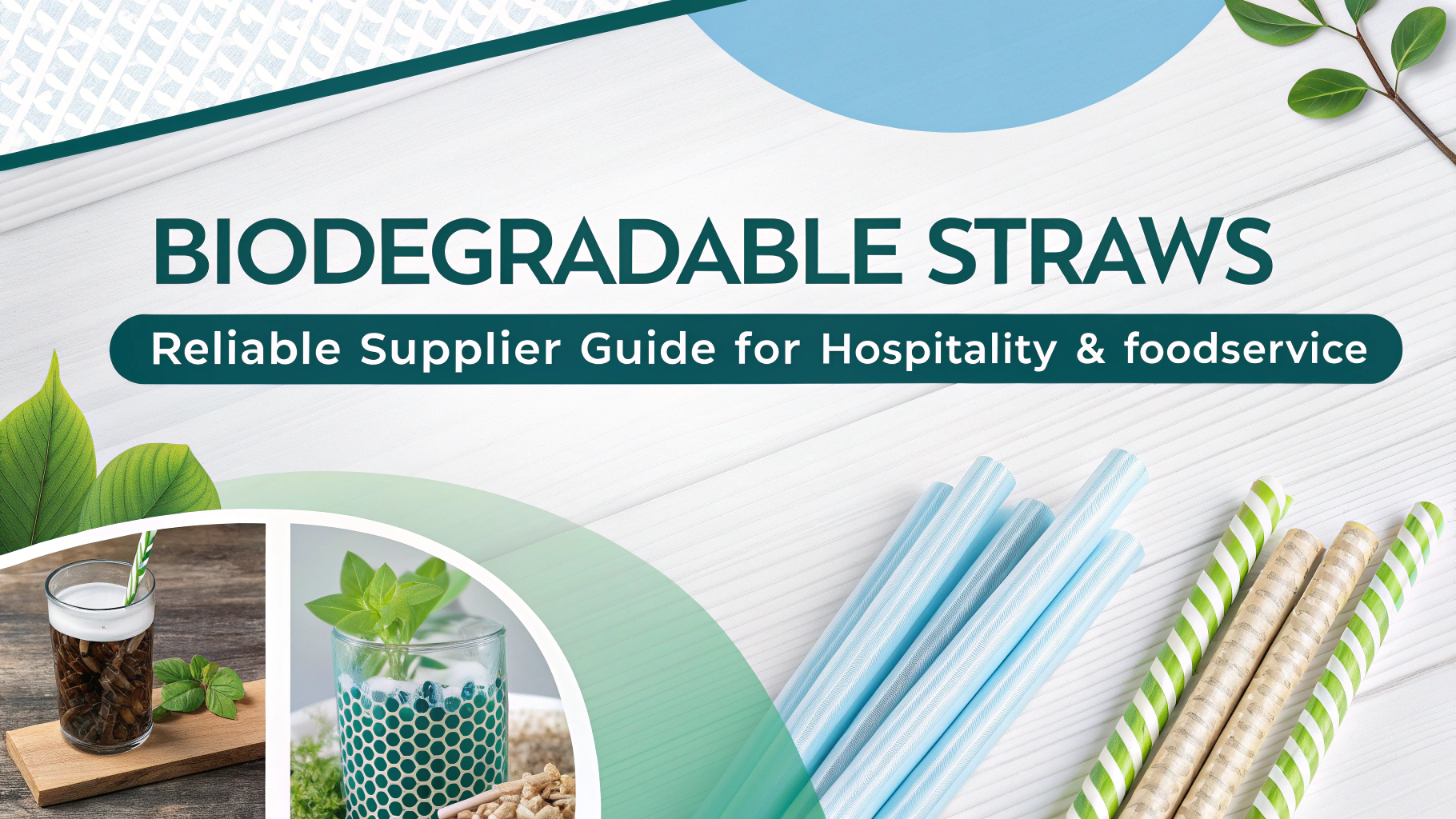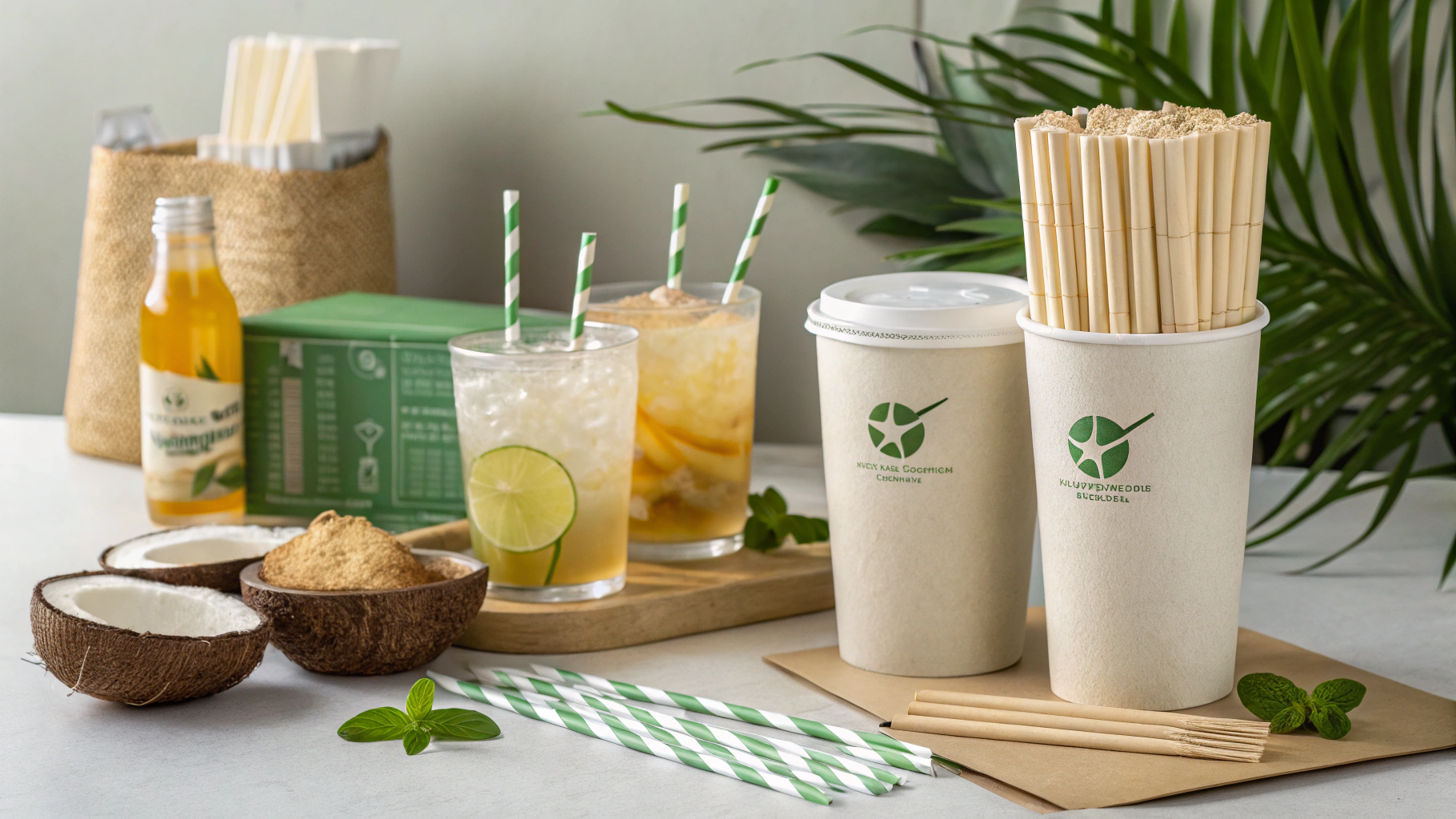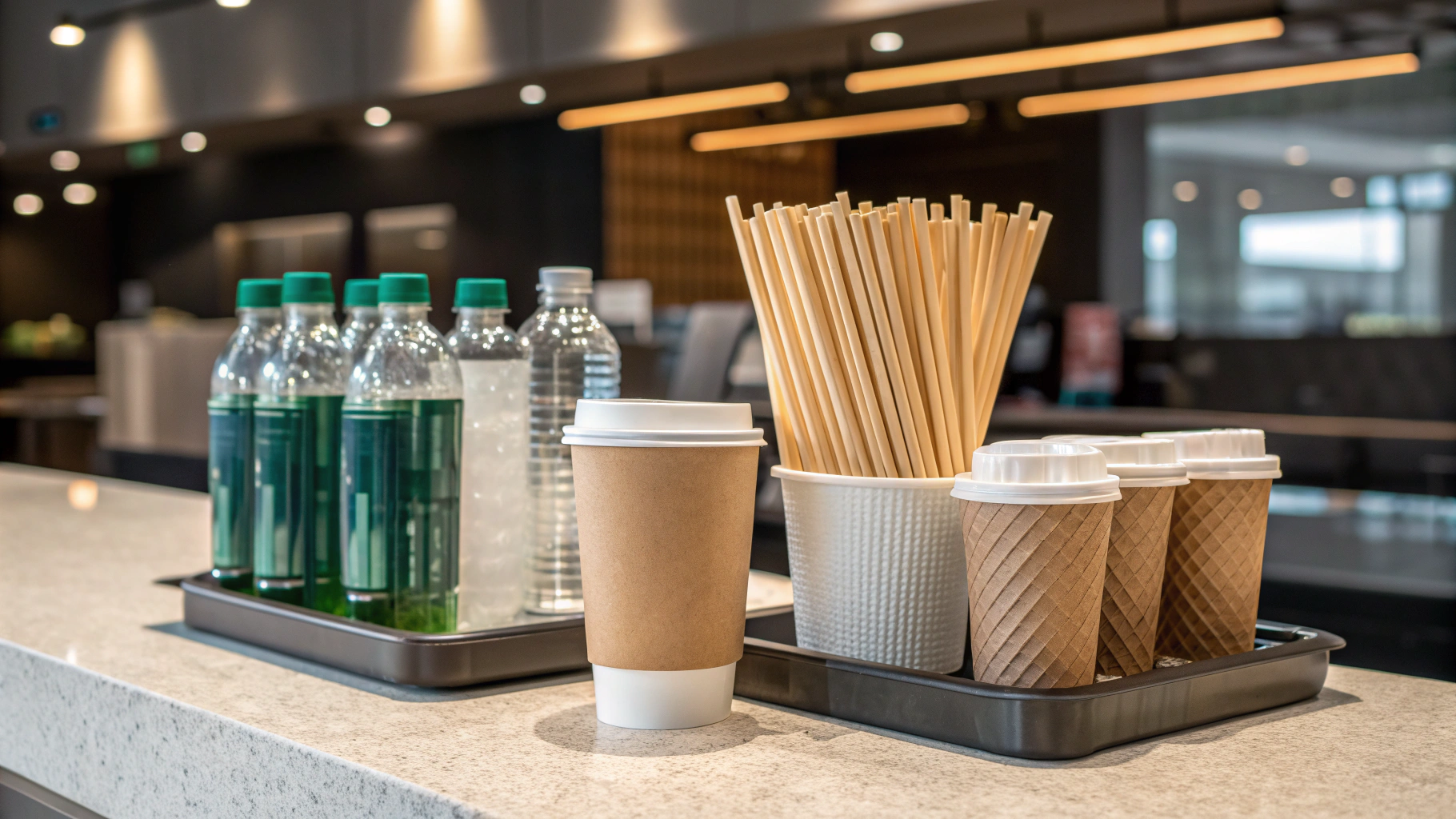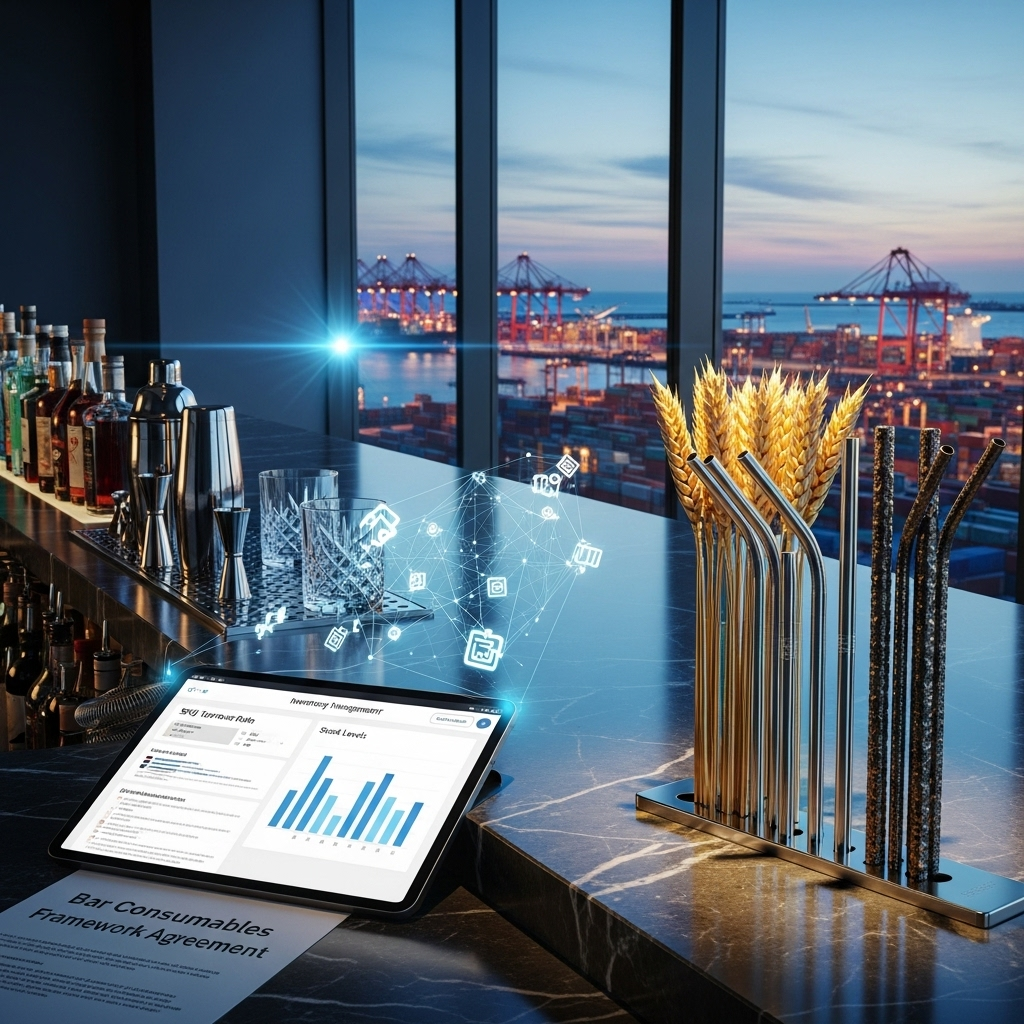
Navigating the Bar Straw Revolution: Securing Supply and Boosting Profitability Amidst Regulatory Shifts
1. Konvinka Industria Problemo Enkonduko
The bar and nightlife sector faces urgent challenges from plastic straw bans, impacting operations and profitability.
The clinking of glasses, the murmur of conversation, and the vibrant energy define the modern nightlife industry. Yet, beneath the surface of expertly crafted cocktails and pulsating music, a silent revolution is unfolding, profoundly impacting one of the most unassuming yet high-turnover SKUs: the bar straw. Businesses in the bar and nightlife sector face an urgent reckoning. Stringent bans on single-use plastics have swept across the globe, from the UK’s October 2020 restrictions (UK Government Guidance, 2020) to Canada’s comprehensive December 2023 prohibition (Government of Canada, 2023), and major US cities like Los Angeles imposing annual fines of up to $1,000 for non-compliance (LA Sanitation & Environment, 2022). This mandates a costly transition, with paper straw alternatives often commanding prices up to 400% higher than their plastic predecessors.
This isn’t merely a compliance headache; it’s a critical operational challenge. Bar straws are integral to daily service, and any disruption – be it stockouts or reliance on poor-quality alternatives that quickly turn soggy – directly undermines drink service efficiency, customer satisfaction, and a venue’s hard-earned brand perception. The market itself is undergoing a permanent transformation. Valued at $30.17 billion in 2024, the global straw market is projected to swell to $45.60 billion by 2032, exhibiting a robust 5.30% Compound Annual Growth Rate (CAGR). This growth is primarily fueled by an escalating demand for sustainable products, signaling that proactive supply chain strategies are no longer optional, but essential for B2B buyers in this sector.
Beyond merely adhering to new regulations, proactive straw management has emerged as a powerful commercial differentiator. For bars and nightlife venues, mastering the flow of high-turnover consumables like straws is foundational to protecting profitability. Inefficient procurement leads to inflated costs from last-minute premium purchases and lost revenue opportunities when service is interrupted. Moreover, consumers are increasingly discerning, choosing establishments that demonstrate a clear commitment to environmental and social sustainability. Integrating eco-friendly bar straws and maintaining transparent supply chains significantly enhances brand value, attracting and retaining this growing segment of eco-conscious clientele. Recent global events have starkly highlighted the vulnerabilities within supply chains. For high-turnover items like straws, a robust `stockout contingency` plan isn’t just about avoiding inconvenience; it’s about ensuring uninterrupted service and maintaining a competitive edge.
The bar and nightlife industry faces significant operational and financial risks from plastic straw bans, making proactive, sustainable straw management crucial for maintaining service quality and brand reputation.

2. Market & Regulation Insights (EU, US, Asia-Pacific)
Global regulations and market shifts demand proactive sustainable straw alternatives for B2B buyers.
A resilient bar and nightlife straw framework deal hinges on several strategic components. Firstly, developing a `high-turnover SKU set` requires a precise inventory of essential bar straw types—standard, cocktail, wide-bore for smoothies—based on historical consumption data and menu requirements. Defining par levels for each straw SKU, adjusting frequently based on at least six months of sales patterns, is critical. Implementing First-In, First-Out (FIFO) for all straw types can reduce waste by up to 50% for biodegradable options, ensuring freshness and minimizing spoilage. Secondly, advanced `stockout contingency` planning is paramount. This means establishing formal protocols to prevent and address potential straw shortages, primarily by diversifying straw suppliers to mitigate reliance on a single source. Maintaining a strategic emergency stockpile of core straw types acts as a vital buffer against unforeseen supply chain issues or demand spikes. Thirdly, exploring `monthly buy-back terms` for reusables and excess inventory can mitigate financial risk, especially for high-value items like metal or silicone straws, while supporting a circular economy model. A monthly review mechanism enables agile inventory adjustments, preventing capital tie-up. For a deeper dive into making sustainable choices for your business, consult thiseco-friendly straws B2B guide.
Embracing smart inventory management is the cornerstone for optimizing bar straw procurement. Leveraging technology, such as inventory management software integrated with POS systems, allows businesses to track straw stock levels, forecast demand with 15-20% higher accuracy, and automate reorder triggers. Real-time reporting dashboards visualizing key performance indicators like turnover rate and shrinkage percentage can increase overall operational efficiency by 20%, potentially reducing straw-related holding costs by 30% through predictive analytics and Just-In-Time (JIT) ordering. Strategic SKU rationalization for straws involves regularly analyzing performance (sales velocity, seasonality, profitability) to focus on top-selling, high-margin options. Eliminating underperforming or infrequently used straw types reduces complexity and waste, simplifying procurement and increasing the turnover of high-margin items. When considering the best options for your inventory, ourbiodegradable straws B2B sourcing guideofertas valorajn sciojn.
Effective bar straw procurement involves precise SKU management, robust stockout contingency planning, and exploring flexible buy-back terms to ensure supply and optimize costs.
3. Solution: Sustainable Straw Alternatives
Sustainable straws offer durable, eco-friendly alternatives, enhancing brand value and reducing waste.
Understanding the landscape of sustainable bar straw alternatives is crucial. Here’s a comparison to guide your procurement decisions:
| Pajla Tipo | Material Source | Durability & Performance | Media Efiko | Typical Cost (Relative) | Ideal Application |
|---|---|---|---|---|---|
| Paperaj Pajloj | Wood Pulp | Varies; can become soggy quickly | Biodegradable, Recyclable | Meza | High-volume, quick consumption |
| Metalaj Pajloj | Neoksidebla ŝtalo | High; reusable, durable | Reusable, Low Waste | High (initial) | Long-term use, premium drinks |
| Bambuaj Pajloj | Bamboo Plant | Moderate; reusable (if cleaned), can be disposable | Biodegradable, Compostable | Medium-High | Natural aesthetic, hot & cold |
| Wheat Straws | Wheat Stalks (by-product) | High; natural, don’t get soggy | 100% Natural, Biodegradable | Meza | Natural look, all beverages |
| Agave Straws | Agave Waste (by-product) | High; strong, heat-resistant, breaks down quickly | Kompostebla | Medium-High | Unique backstory, cocktails |
| PHA Pajloj | Plant-based Fibers | High; mimics plastic feel | Biodegradable (industrial comp.) | Alta | Premium alternative to plastic |
| Manĝeblaj Pajloj | Rice, Grain, Sugar etc. | Low; designed to be eaten | Zero Waste, Novelty | Tre Alta | Experiential cocktails |
The shift towards these alternatives is prominent in both the US and Europe. For instance, the edible straw market, valued at USD 0.56 million in 2025, is projected to reach USD 1.12 million by 2033, with a 9.11% CAGR. Notably, 40% of cocktail menus now incorporate edible straws, reflecting a significant trend in the hospitality sector. Europe alone deploys approximately 180 million edible straws annually, representing 30% of global use. This highlights a clear trend towards experiential and sustainable offerings. For more on specific types, consider ourcompostable straws B2B guide.
A diverse range of sustainable straw alternatives exists, each with unique properties and applications, driving significant market growth and offering new opportunities for bars.

4. Industry Misconceptions & Clarifications
Dispelling myths about sustainable straw costs and performance is crucial for informed procurement.
One common misconception is that sustainable straws are universally inferior in performance or prohibitively expensive. While early paper straws had durability issues, innovations in materials like PHA, agave, and even wheat stalks have led to robust, high-performing alternatives that don’t get soggy. Furthermore, while the unit cost might be higher, the long-term ROI from reduced waste, enhanced brand image, and potential volume discounts often offsets this initial investment. The market is rapidly maturing, offering competitive pricing and diverse options to suit various operational needs and budgets.
Another myth is that consumers don’t care about straw sustainability. On the contrary, studies consistently show a growing preference for eco-conscious businesses. Integrating sustainable straws is not just about compliance; it’s a powerful marketing tool that attracts and retains a significant segment of the modern consumer base, especially in the nightlife sector where experiences and values often drive choices.
Sustainable straws have evolved significantly in performance and can offer long-term financial and brand benefits, challenging common misconceptions about their cost and consumer appeal.
5. B2B Customization & Supply Chain Optimization
Tailored MOQ, branding, and logistics are vital for optimizing sustainable straw supply chains.
Cultivating a culture of sustainability within your bar is equally vital. This includes empowering staff through training on proper handling, cleaning (for reusables), and disposal of different straw types, as well as how to communicate these sustainable choices to customers. Educating teams on the “why” behind sustainable shifts, linking it to brand values and customer expectations, fosters deeper engagement. Strengthening supplier partnerships involves establishing clear communication channels. Regular dialogue on demand changes, sales trends, and potential delays is crucial for timely deliveries and preventing shortages, especially with the complexities of sustainable supply chains. Partner with eco-conscious suppliers committed to sustainable sourcing and reduced packaging throughout their operations, as highlighted by industry expert insights on supply chain challenges in sustainable packaging. Learn more about the global transition from single-use plastics at theUnited Nations Environment Programme (UNEP)website.
Optimizing sustainable straw supply chains requires strong internal training, transparent supplier partnerships, and a focus on eco-conscious sourcing and packaging.
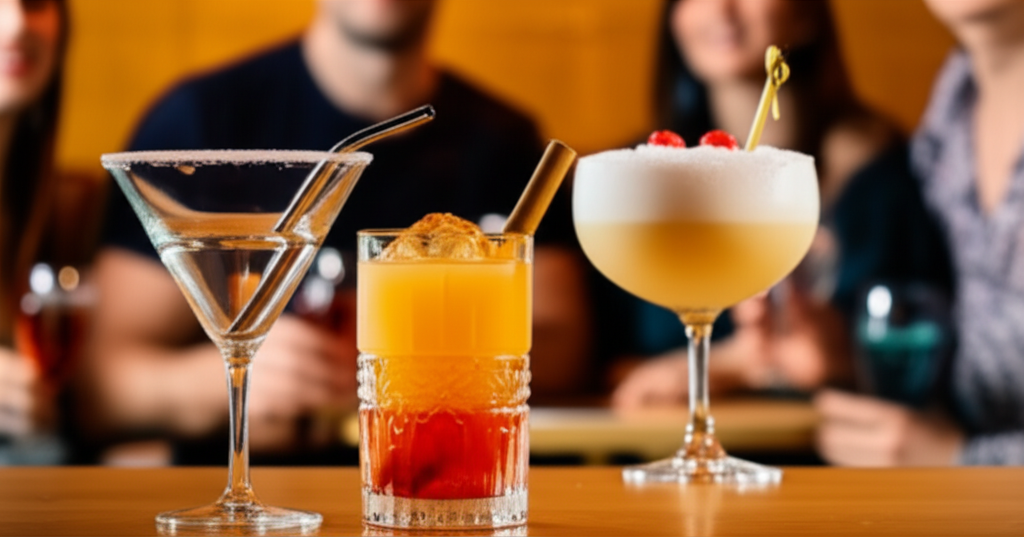
6. Secure Your Competitive Edge
Future-proof your bar’s supply chain and enhance sustainability credentials with a tailored framework deal.
Realizing significant cost savings and market share growth is within reach. While the initial investment in sustainable straws may appear higher, a well-structured framework deal, coupled with optimal inventory management, ultimately minimizes waste, reduces costly emergency purchasing, and leverages potential volume discounts. This contributes to a healthier bottom line, offsetting the higher unit cost of sustainable alternatives over time. The innovative edible straw market alone offers new revenue streams and branding opportunities, aligning with consumer demand for unique experiences. This trend underscores how embracing sustainable options can enhance customer engagement and even command premium pricing. Furthermore, a robust `stockout contingency` and a diversified `high-turnover SKU set` are your best defense against unforeseen supply chain shocks. This ensures your bar consistently delivers on customer expectations, even when competitors falter, solidifying your position in a dynamic market. Explore the latest market trends in disposable plastic alternatives onStatista.
A strategic approach to sustainable straws can lead to significant cost savings, new revenue streams, and a stronger market position, ensuring resilience against supply chain disruptions.
Don’t let regulatory shifts or supply chain uncertainties compromise your operations or profitability. The market is evolving rapidly towards sustainable solutions, and proactive engagement is key to leadership. Secure your competitive edge.Schedule Your Tailored Consultation Today
Oftaj Demandoj (FAQ)
1. What is a ‘high-turnover SKU set’ in the context of bar straws?
A high-turnover SKU set refers to a precisely curated inventory of essential bar straw types (standard, cocktail, wide-bore) that are consumed rapidly, requiring frequent replenishment and optimized management based on sales data.
2. How can a ‘stockout contingency’ plan prevent service disruptions for bars?
A stockout contingency plan involves diversifying straw suppliers, maintaining an emergency stockpile, and establishing formal protocols to prevent and address potential shortages—ensuring uninterrupted drink service even during supply chain issues.
3. What are ‘monthly buy-back terms’ and how do they benefit bars?
Monthly buy-back terms allow bars to return excess or reusable straw inventory to suppliers, mitigating financial risk, preventing capital tie-up, and supporting a circular economy model for high-value items like metal or silicone straws.
4. Are sustainable straws always more expensive than plastic ones?
While initial unit costs for sustainable straws can be higher, a well-structured framework deal with optimal inventory management, volume discounts, and reduced waste can lead to significant long-term cost savings and improved profitability—offsetting the initial investment.
5. How does integrating eco-friendly straws enhance a bar’s brand value?
Adopting eco-friendly straws demonstrates a commitment to environmental sustainability, which resonates with increasingly discerning consumers. This enhances brand perception, attracts eco-conscious clientele, and can even open new revenue streams through unique offerings like edible straws.


